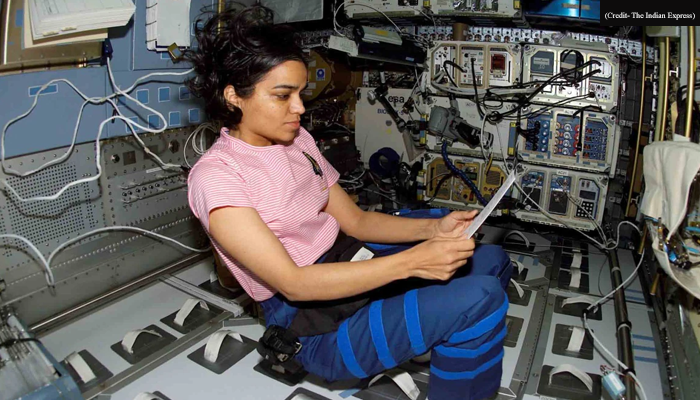
Here are today’s most important updates from the realm of Science and Space.
Leading Among the Stars: Sunita Williams becomes Commander of Space Station for 2nd Time
NASA astronaut Sunita Williams has taken command of the International Space Station (ISS) for the second time after 2012 mission. Williams and Butch Wilmore have been stuck on the station since June 5, 2024 due to Boeing's Starliner spacecraft malfunctioning. As a commander, Williams will supervise the ongoing operations and research activities on ISS. This leadership came at a crucial juncture as SpaceX and NASA are preparing to launch the rescue mission Crew-9 via Dragon spacecraft.
Despite this unprecedented extension, Sunita expressed her enthusiasm for being in space, stating, "This is my happy place. I love being up here in space."
Lunar Exploration Breakthrough: Chandrayaan-3’s Pragyan Rover Spots Ancient Crater

India's moon mission, Chandrayaan-3, has discovered a 160-km-wide moon crater near its landing site. The rover, which is currently exploring the lunar surface in the South Pole region, while traversing a highland terrain of 350 km from the Aitken basin, the largest and oldest impact basin on the moon's surface made this discovery. Enriched in material accumulated from past impacts, this site has been an area of interest for lunar exploration missions. Scientists believe this 160-km wide crater was formed even before the Aitken basin development, which makes this new discovery one of the oldest geological structures on the Moon's surface. The discovery will help understanding early geological evolution of moon.
Cosmic Clues: Scientists Unveil Surprising Secrets of the Early Universe

Black holes, the most important element in galaxy evolution, are still mysterious to scientists. A new study, published in The Astrophysical Journal Letters unveiled some shocking stories of ancient universe formation through NASA's Hubble Space Telescope. The variations in galaxy brightness indicators of black hole presence resulted in the identification of more black holes. The study indicates formation of some black holes from the collapse of massive, pristine stars during the first billion years after the Big Bang. They were unique, as later generations became enriched with elements from previous explosions. Another potential formation theory is collapsing gas clouds leading to stars merging within massive clusters.
This ongoing research is extremely important to reveal the mysteries surrounding black hole and galaxy formation.
Artificial Intelligence Revolutionizes Clean Water: A Tech-Driven Path to Purity

Researchers at the Korea Institute of Science and Technology (KIST) have developed an innovative solution to provide clean water using artificial intelligence. The new data-driven AI model demonstrated impressive accuracy in predicting the concentrations of key ions such as sodium, potassium, calcium, and chloride during electrochemical water treatment processes. Over 2.2 billion people globally are deprived of clean water for consumption. To combat the issue, numerous technologies and strategies have already been employed. However, this breakthrough will allows real-time monitoring of water quality, essential for effective management of water resources amidst climate change and population growth.





.webp)
.WEBP)
.WEBP)
.webp)
.webp)


.webp)